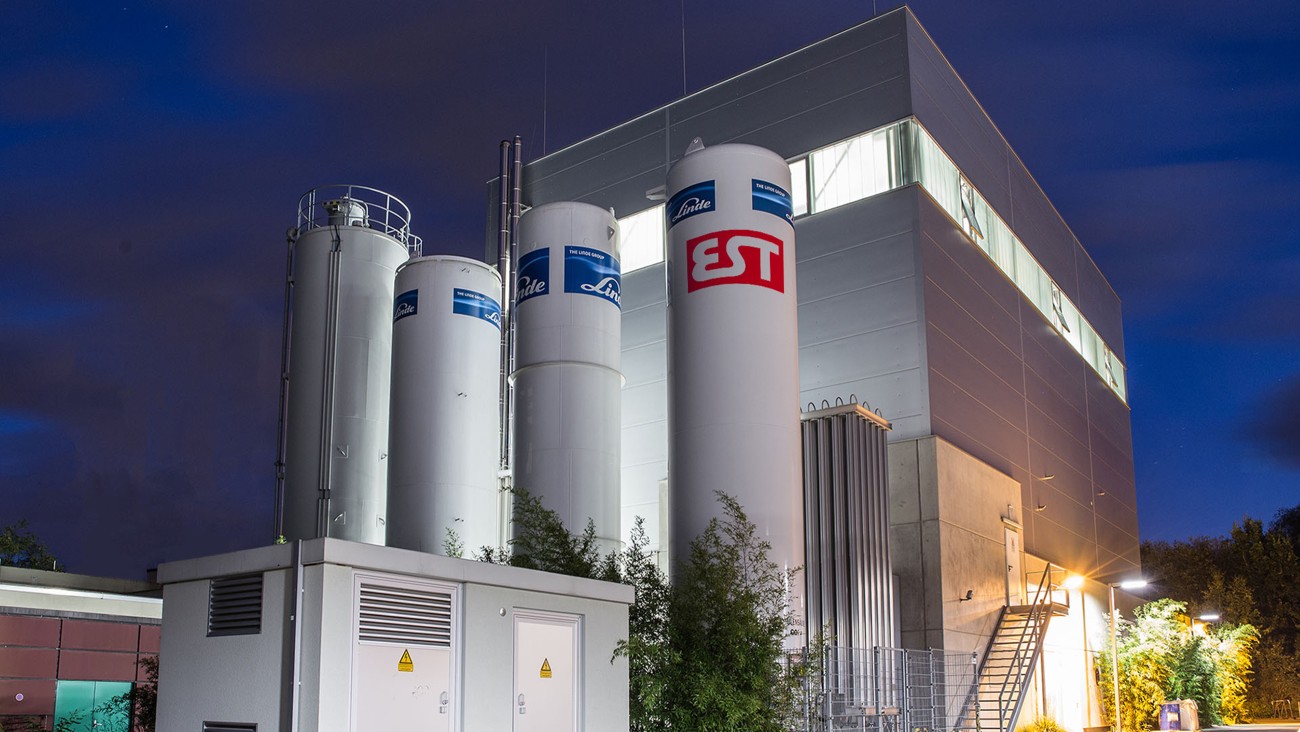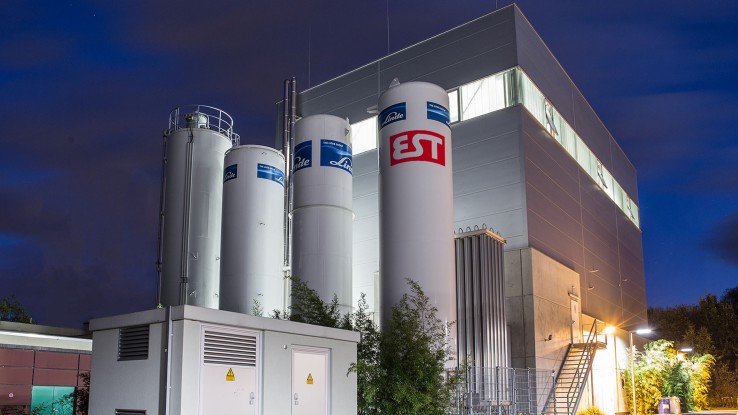Besides high availability and efficiency, flexibility is a novel elementary prerequisite for modern power plants, which are connected to the fluctuating electricity grid. To achieve this, the adaption & optimization of individual components, as well as the development of entirely new power plant concepts for the energy market of the 21. century is required. Moreover, sustainability and economic considerations demand an increase in the longevity of power plants, which is primarily limited due to high temperature corrosion effects.
In light of these requirements, different projects, investigating the reduction of high temperature corrosion, boosting plant efficiencies and increasing the flexibility of various plant types and process chains are underway. Thereby, the EST provides a substantial contribution towards a successful transition towards a more sustainable power sector.
Process Optimization and Flexibilization
Within the last decades, significant advances in terms of power plant efficiency have been achieved. Yet, progress in the field of flexibility of large power blocks remains limited, as they are still almost exclusively designed as base load power plants. This means that one of their greatest potential, the high availability, remains untapped in the modern electricity market, since load flexibility is a crucial prerequisite for their deployment as a network service provider (stabilization of the electricity market). Therefore, advances and investigations in the research field of load flexibility are required, to achieve a reliable, efficient and climate-friendly electricity supply in the future.
In this context, the EST addresses the optimization of partial and minimal load behavior of Circulating Fluidized Bed (CFB) boilers. Here, it is not only targeted to achieve rapid load changes, but also to attain high efficiencies at low pollutant emissions during transient operation. Moreover, the research aims at a gradual replacement of conventional fuels through alternative feedstocks such as biomass or waste, to further reduce the carbon footprint of power plants.
Apart from these optimizations, novel processes, promoting sector coupling, are developed at the EST. One of these processes is a combination of waste incineration plants with carbon capture and synthesis technologies, allowing for a flexible switching between on-grid (feeding of electricity) and off-grid (production of base chemicals) operation. On top of that, these processes offer the possibility to use excess electricity for the generation of base chemicals during periods of surplus electricity supply (power-to-chemical), thereby constituting an ideal network service provider.
In addition, sensible heat storages, allowing for the efficient storage of thermal energy and thus further promoting the integration of renewable energy carriers in the electricity market, are being investigated at the EST.
Development of Measurement Technology
At the EST measurement technology to measure processes occurring on the flue gas-side of power plants during operation have been developed. One of these techniques is a high temperature corrosion sensor, which enables power plant operators to make inferences between the mode of operation or fuel composition and the corrosion occurring in the steam generator and super heater. Moreover, a capacitive probe, through which the particle loading and velocity in fluidized beds can be determined in radial and axial direction, has been developed. These techniques are steadily being optimized and are in use at sites of multiple industry partners.


